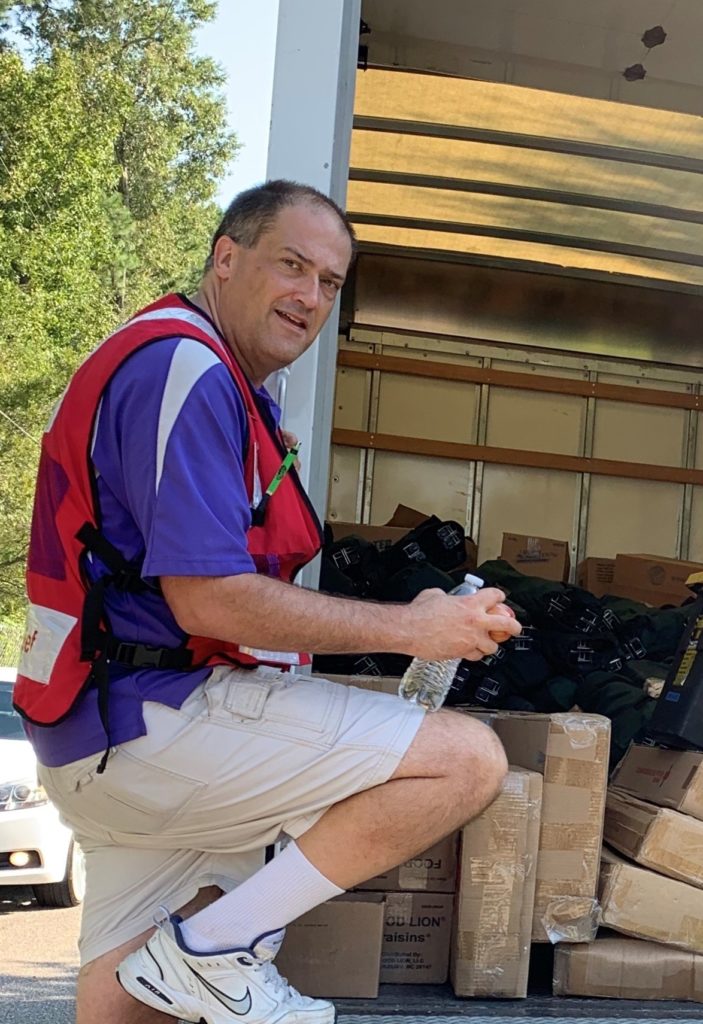The Red Cross Finds New Ways to Provide Disaster Support During COVID-19
Story by Patricia Griffiths / Red Cross Cascades
Even a telecommunication engineer struggles with how to pack a hug into a phone call.
Carl Nelson, a retired telecommunication engineer and volunteer Red Cross disaster responder in the Portland, Oregon area, has had to adjust to new ways of giving support and comfort to those impacted by home fires and national disasters, during the 2020 COVID-19 crisis.

“Obviously, it’s more of a challenge to connect with clients,” he said, referring to new procedures that comply with federal and state mandates for social distancing. “Previously, I personally met with them within an hour of an event. Now, I don’t.”
The Red Cross response to local disasters in Oregon and SW Washington is still quick but managed from a safe distance. Before the pandemic, the Red Cross Duty Officers would take the initial call for assistance, usually a referral from the local fire department. The Duty Officers then schedule Disaster Area Team (DAT) responders to provide those affected with resource guides, care kits, and if needed, CAC cards (prepaid credit cards), which they can use for lodging and incidentals.
At this point, the procedure has changed. Prior to COVID-19, a local DAT responder would meet those impacted in person to give encouragement, comfort, and, perhaps, a shoulder to cry on.

In contrast, during the pandemic, the local DAT responder first makes contact by phone, then drops off the support items at the door of wherever folks are staying following the disaster, whether it’s a hotel, home of a friend or family member. Immediately after the drop-off, the responder follows up by phone again.
“There is no face-to-face contact, unfortunately,” said Nelson. “But, we are still meeting their needs. Clients are still appreciative.”
Similarly, the Red Cross is adapting the response to national disasters. Nelson, who was deployed to North Carolina for Hurricane Dorian in 2019 and to Florida for Hurricane Michael in 2018, provided insight into how these changes work.
For the tornado that struck Louisiana in April 2020, “clients were placed in hotels instead of shelters, due to COVID, and casework was being done virtually (phone, text and email) instead of meeting face-to-face with clients in the shelter.”
Ultimately, Red Cross workers have to work a bit harder and reach a bit further to assist survivors of disasters. But, they do, because of the need.
“You are helping people on one of the worst days of their lives, and know you’re contributing to their recovery,” said Nelson.
He knows they are still making a difference, even with social distancing.
“Several clients have been very appreciative as far as getting support during COVID,” he said. Although some would prefer to have face-to-face contact, “they appreciate the extra effort we are making to keep them safe.”
Are you interested in becoming a Red Cross volunteer? Visit redcross.org/volunteer and start your humanitarian journey today.